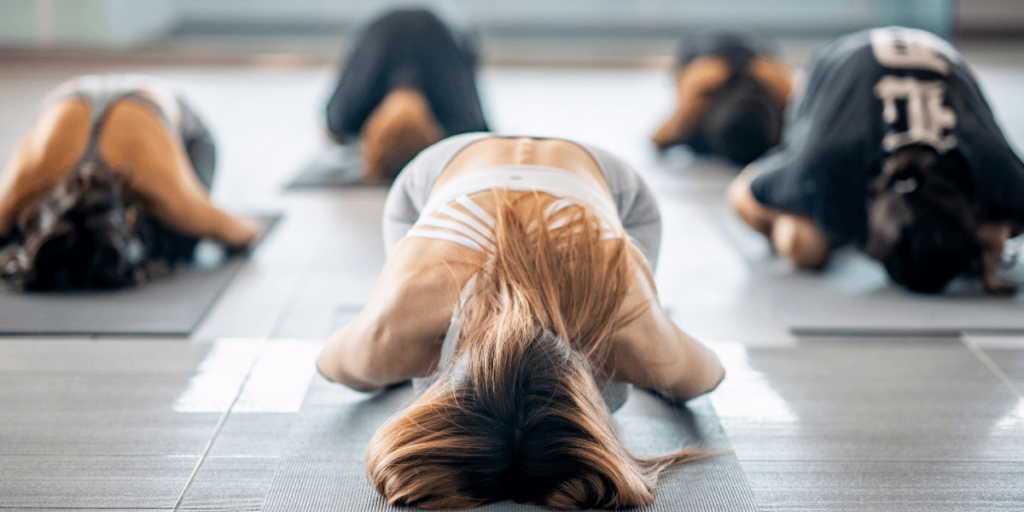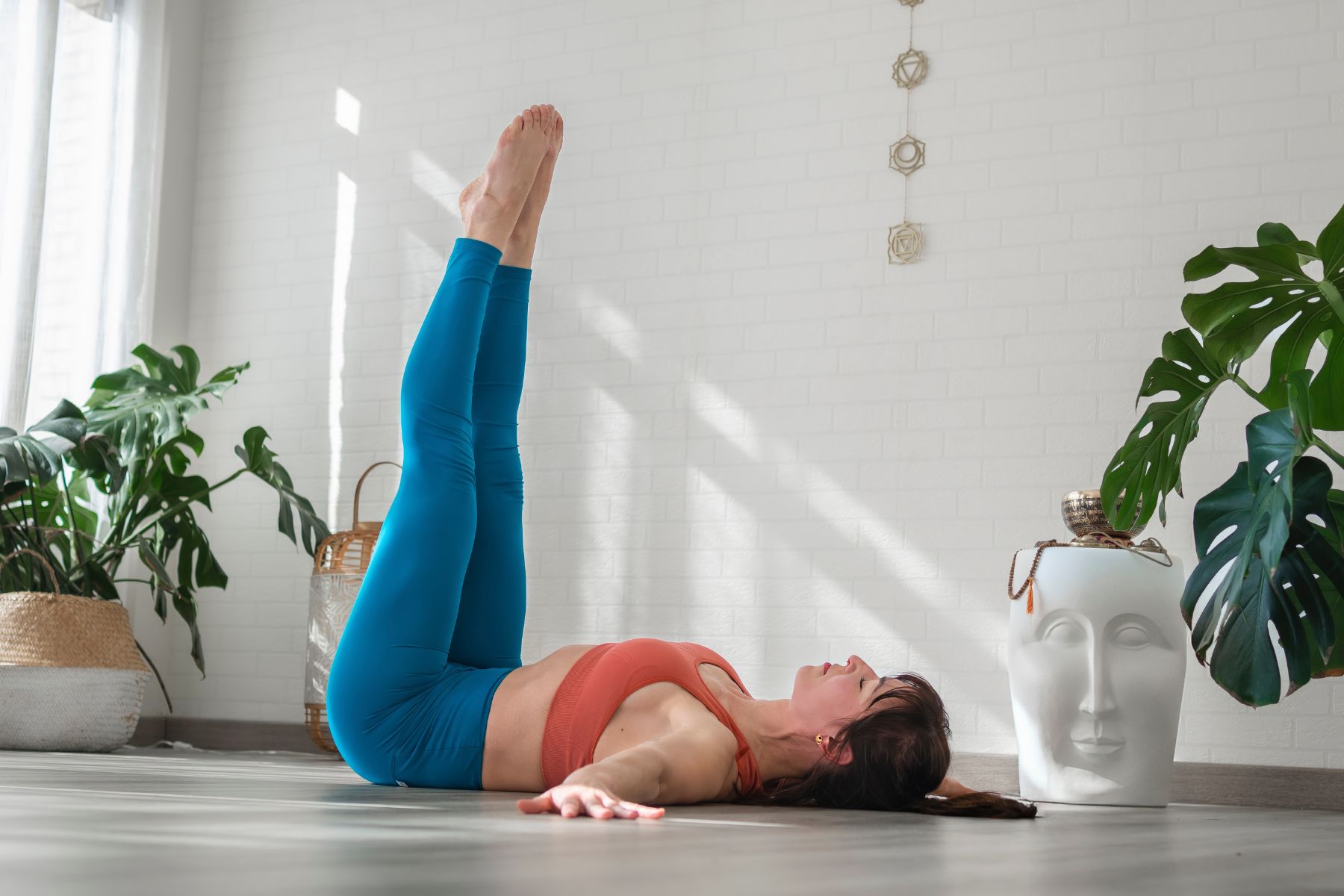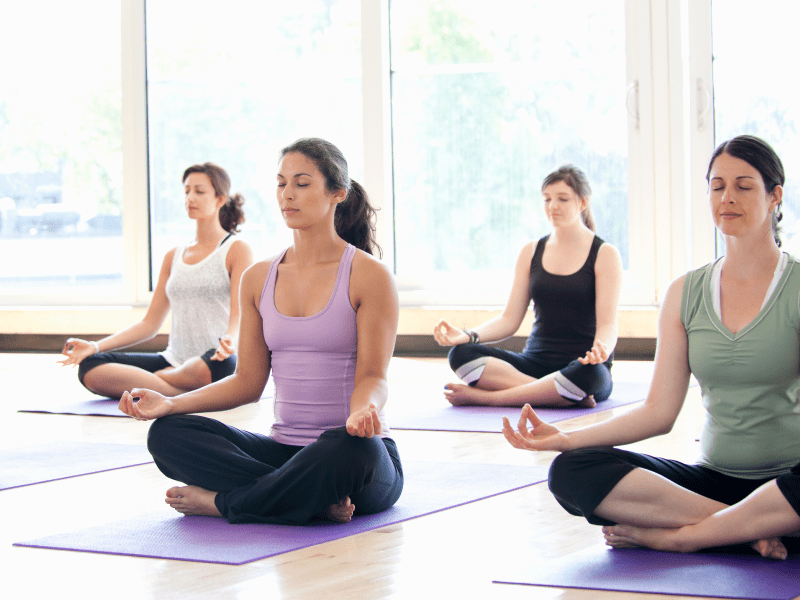How Long Should You Hold a Yoga Pose? Expert Guidelines, Key Benefits & What Really Matters
One of the most frequently asked questions in yoga is surprisingly simple:
“How long should I hold each pose?”
The answer, however, isn’t one-size-fits-all.
Depending on your intention, the style of yoga you’re practicing, your experience level, and your physical condition, the ideal amount of time to hold a pose can vary quite a bit. Holding a pose for 30 seconds can feel completely different than holding it for five minutes—and each offers its own unique benefits.
In this guide, we’ll break down everything you need to know about how long to hold yoga poses, what factors influence that timing, and how to tailor your practice to your personal needs.

🧘♀️ Why Does Pose Duration Matter in Yoga?
How long you hold a pose can significantly change your physical, mental, and emotional experience. Pose duration affects:
- Muscle engagement vs. muscle release
- Nervous system activation (fight-or-flight vs. rest-and-digest)
- Mental endurance and focus
- Tissue targeting (muscle vs. fascia)
- Breath control and mindfulness
By adjusting the duration of a posture, you shift the focus of the practice—from strength-building to emotional release, or from flexibility to mental stillness.
🕰️ How Long to Hold a Yoga Pose: General Guidelines by Style
Let’s start with a quick breakdown based on the type of yoga you’re practicing. Each style has its own rhythm and purpose.
🔹 Hatha Yoga
- Hold Time: 30 seconds to 2 minutes
- Focus: Alignment, breath, and mindfulness
Hatha yoga tends to move slower, giving you time to feel each posture. It’s ideal for beginners learning the basics or experienced yogis refining alignment.
🔹 Vinyasa / Power Yoga
- Hold Time: 1–5 breaths (5–30 seconds)
- Focus: Flow, breath-movement coordination
In Vinyasa, you typically flow from one pose to another with your breath. Poses are held briefly, keeping the energy dynamic and cardio-enhancing.
🔹 Yin Yoga
- Hold Time: 2 to 5 minutes (sometimes longer)
- Focus: Deep connective tissue release, stillness, fascia
Yin involves long, passive holds, mostly done on the floor. This slow pace targets fascia, ligaments, and energetic meridians, not muscles.
🔹 Restorative Yoga
- Hold Time: 5 to 20 minutes per pose
- Focus: Deep rest, nervous system regulation
Here, the goal is complete surrender and relaxation. Poses are heavily supported with props and designed to calm the body and mind.
🔹 Ashtanga Yoga
- Hold Time: Typically 5 breaths (30 seconds to 1 minute)
- Focus: Strength, stamina, and progression through series
Ashtanga uses consistent timing and breath, making the practice rhythmic and focused.
📊 Factors That Affect How Long You Should Hold a Pose

There’s no magic number that fits everyone. Several factors affect the ideal duration for any pose.
✅ 1. Your Intentions
Ask yourself: Why am I doing this pose?
- For strength: Hold longer to fatigue the muscles.
- For flexibility: Hold until the muscles gradually lengthen.
- For meditation: Stay as long as needed for stillness.
- For recovery: Keep it short and gentle.
✅ 2. Experience Level
- Beginners: Start slow. Holding for 15–30 seconds helps build awareness without overwhelming your body.
- Intermediate/Advanced: You can hold longer or experiment with more challenging variations.
✅ 3. Pose Type and Intensity
Some poses are naturally more intense than others.
- Gentle postures (Child’s Pose, Legs-Up-the-Wall): Can be held for several minutes.
- Strength poses (Plank, Chair, Warrior II): Typically held for 30 seconds to 1 minute.
- Balance poses (Tree, Eagle): May be held for fewer breaths to maintain focus and safety.
- Backbends (Camel, Wheel): Shorter holds to protect the spine unless supported.
✅ 4. Injury or Physical Limitations
If you have an injury or medical condition, you may need to reduce the hold time—or modify the pose entirely. Listening to your body is more important than sticking to a timer.
✅ 5. Breath Quality
Your breath is the best indicator of how long to hold a pose. If it becomes shallow, ragged, or strained, it’s probably time to ease out.
You should be able to breathe steadily, slowly, and comfortably the entire time.
💪 Benefits of Holding Yoga Poses (and Why Time Matters)
Holding a pose longer isn’t always “better,” but it does offer unique benefits depending on the length and purpose. Let’s break it down.
🔸 Short Holds (5–30 Seconds)
- Builds heat and cardiovascular intensity
- Keeps the practice energetic and flowing
- Useful for dynamic styles like Vinyasa or Power Yoga
- Helps maintain rhythm with breath
🔸 Medium Holds (30 Seconds – 2 Minutes)
- Enhances muscle activation and endurance
- Develops mental focus and alignment awareness
- Improves mobility and flexibility safely
- Allows for deeper exploration of the pose
🔸 Long Holds (2 – 10+ Minutes)
- Targets fascia and deep connective tissues
- Supports nervous system relaxation
- Cultivates patience, surrender, and stillness
- Ideal for Yin and Restorative practices
🧘♂️ How to Know When to Exit a Pose

There’s no stopwatch in yoga class. So how do you know when it’s time to come out of a posture?
Signs it’s time to release:
- Your breath becomes strained or you hold your breath
- You start shaking uncontrollably (beyond manageable effort)
- You feel numbness or sharp pain
- Your focus is completely lost or you’re mentally checked out
The golden rule: Stay for as long as it feels productive and safe, then gently release.
📋 Sample Yoga Pose Hold Timings (By Pose Type)
| Pose | Recommended Hold Time | Best For |
|---|---|---|
| Downward Dog | 30 seconds – 1 minute | Flexibility, active recovery |
| Warrior II | 30 seconds – 1 minute | Strength and stamina |
| Plank | 20 – 60 seconds | Core strength |
| Tree Pose | 5 – 10 breaths | Balance, concentration |
| Child’s Pose | 1 – 5 minutes | Relaxation, grounding |
| Reclined Twist | 2 – 4 minutes | Detox, spinal release |
| Legs Up the Wall | 5 – 20 minutes | Circulation, stress relief |
| Savasana | 5 – 10 minutes (or longer) | Deep rest, integration |
⚖️ Balancing Strength and Surrender
n the Yoga Sutras.
- Effort (Sthira): Stability, strength, and engagement
- Ease (Sukham): Comfort, relaxation, and receptiveness
If you only hold poses for short bursts, you might miss the mental and emotional depth of the practice. If you hold too long, you might exhaust or injure yourself.
Listen, adjust, and explore. That’s the art of yoga.
❓ Frequently Asked Questions (FAQ)
1. Is holding a pose longer always better?
Not necessarily. It depends on your intention. Long holds can promote deep flexibility or calm, but short holds can build strength and momentum. Both are valuable.
2. How do I time my poses without breaking focus?
Use breath as your timer. Count inhales and exhales instead of watching a clock. Alternatively, set soft timers or use guided audio sessions that cue pose changes.
3. Can holding a pose too long be harmful?
Yes, especially in intense postures. Over-holding can lead to joint strain, muscle fatigue, or injury. Always prioritize breath and body awareness.
4. Should I hold both sides of a pose for the same amount of time?
Yes. For symmetrical practice, aim to hold both sides equally unless a teacher advises otherwise for therapeutic reasons.
5. How long should beginners hold yoga poses?
Start with 15–30 seconds or 3–5 breaths per pose. Focus on alignment and breath. As you build strength and familiarity, you can extend hold times.
6. How long should I hold Savasana?
Aim for 5–10 minutes, especially after a longer or more intense session. You can stay longer if time allows—this pose is key for integration and rest.
7. Are longer holds better for flexibility?
Yes, generally. Sustained holds allow muscles to release tension gradually, improving flexibility over time. But never force a stretch—gentle persistence is safer and more effective.

🌟 Final Thoughts: Find Your Personal Hold Time
The beauty of yoga lies in its flexibility—not just in your hamstrings, but in its adaptability to your needs, your body, and your day.
How long you hold a pose should align with your purpose, comfort, and goals. Some days you’ll want a slow, meditative session with long holds. Other times, a fast-paced flow might suit you better.
The key is listening inward. Your breath, body, and intuition are your best guides—not the clock.
So whether you’re holding Warrior II for five breaths or melting into a supported reclined twist for ten minutes, trust your practice. The magic isn’t in the number—it’s in your presence.
